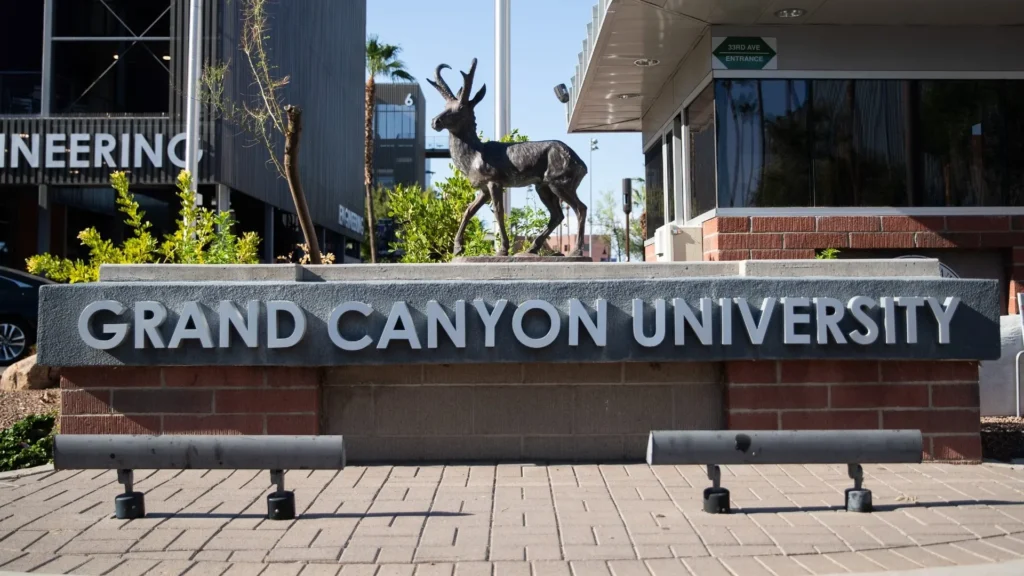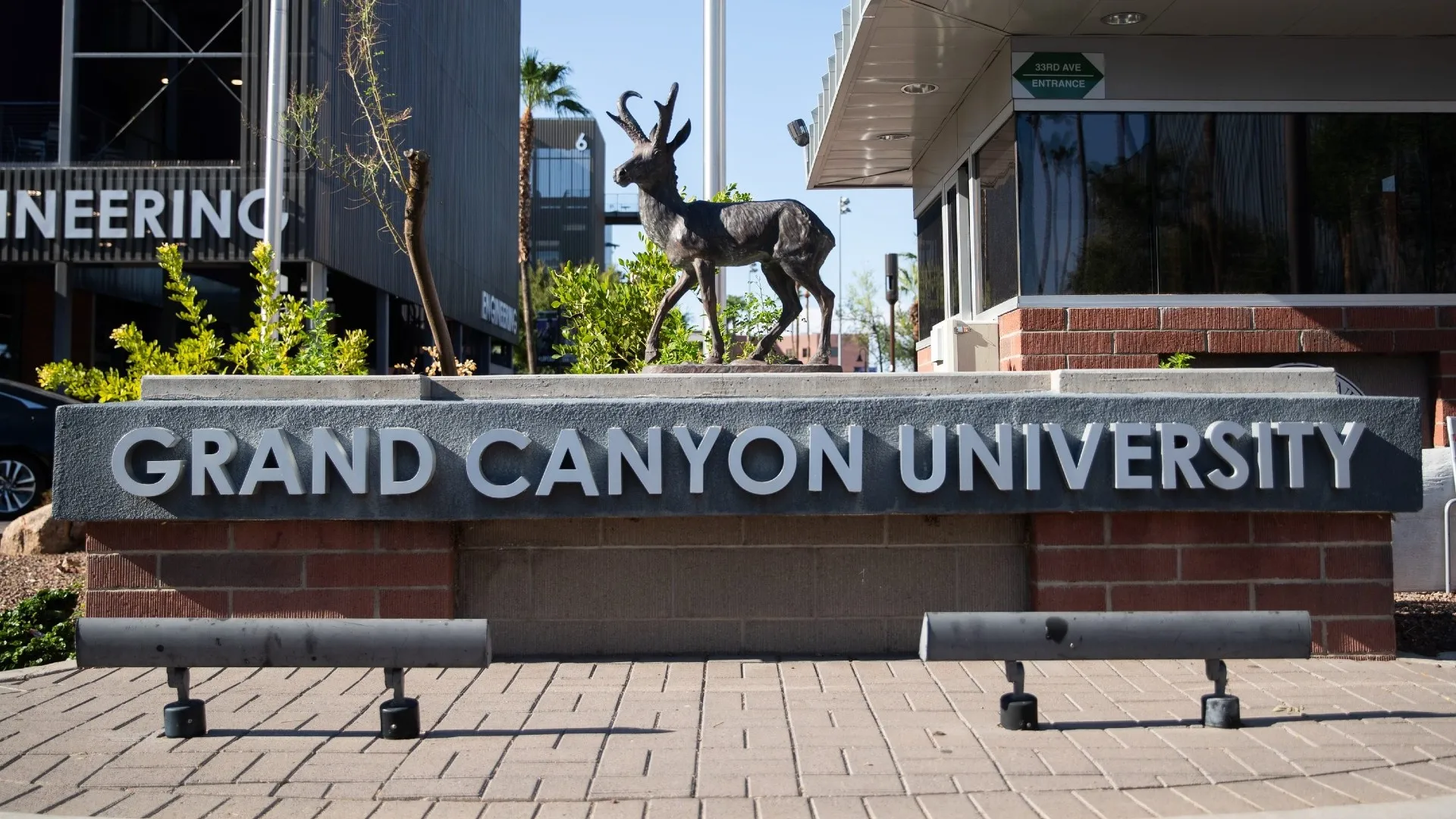Grand Canyon University scandal : The U.S. Department of Education recently imposed a $37.7 million fine on Grand Canyon University (GCU) after uncovering a major scandal involving the misrepresentation of costs associated with its doctoral programs.
This fine comes after findings that GCU misled over 7,500 students about the true expenses of their degrees, resulting in unexpected financial burdens for many. This article explores the details of the scandal, its implications, and what it means for prospective students.
The Heart of the Scandal

GCU was found to have advertised tuition costs for its doctoral programs that only 2% of graduates actually paid. A significant majority—78% of graduates—ended up paying $10,000 to $12,000 more than the advertised costs. These unexpected expenses stemmed primarily from “continuation courses,” which were necessary for students to complete their dissertations but were not clearly disclosed during enrollment and financial aid discussions.
For most GCU doctoral programs, the advertised cost ranged from $40,000 to $49,000. However, with these hidden fees, the actual cost for most students increased by 25%. This deceptive practice not only violated the trust of students but also led to significantly higher levels of student debt.
Department of Education’s Response

Richard Cordray, Chief Operating Officer of Federal Student Aid (FSA), emphasized the gravity of the situation: “GCU lied about the cost of its doctoral programs to attract students to enroll. FSA takes its oversight responsibilities seriously. GCU’s lies harmed students, broke their trust, and led to unexpectedly high levels of student debt.”
Colleges receiving federal financial aid are required to comply with the Higher Education Act, which mandates accurate and accessible disclosure of tuition costs. The Department of Education found that GCU failed to meet these requirements, instead relying on misleading fine-print disclosures since at least 2017. Despite the $37.7 million fine, the penalty is far less than the potential maximum of over $500 million the Department could have imposed.
A History of Controversy
This is not GCU’s first brush with controversy. Initially founded as a private non-profit college, GCU transitioned to a for-profit institution in the early 2000s after struggling financially. In 2018, the university claimed to return to non-profit status, a change recognized by the IRS but not by the Department of Education. The Department argued that the shift was primarily designed to benefit Grand Canyon Education (GCE), a for-profit company that continues to manage key functions of the university, including recruiting and marketing.
The Government Accountability Office (GAO) highlighted concerns about such arrangements in a 2021 report, noting that many colleges attempting to convert to non-profit status still had significant financial ties to their former owners. In GCU’s case, this relationship raises questions about the university’s true operational independence and adherence to non-profit principles.
GCU’s Defense
Brian Mueller, GCU’s President and CEO of GCE, has publicly criticized the Department of Education’s decisions. He claims the university is being unfairly targeted and suggests that the refusal to recognize GCU’s non-profit status is politically motivated. Mueller has pointed to the Department’s rejection during the Trump administration as evidence of bias, though the rejection letter explicitly cited concerns about the financial benefits to GCE shareholders.
GCU is now suing the Department of Education over its refusal to grant non-profit recognition, adding another layer of legal and public scrutiny to the university’s operations.
Implications for Students
For current and prospective GCU students, the scandal underscores the importance of thoroughly researching colleges and carefully scrutinizing financial aid offers. The Department of Education has imposed conditions on GCU to prevent future misrepresentations, including regular reporting and oversight by an independent monitor. However, the damage to the university’s reputation may take years to repair.
Students considering GCU should weigh these factors and explore alternative institutions with transparent tuition practices. Resources like the Department of Education’s College Scorecard can provide valuable insights into costs, graduation rates, and student debt levels at various schools.
Conclusion
The Grand Canyon University scandal serves as a stark reminder of the importance of transparency in higher education. As students invest significant time and money into their academic futures, they deserve honest and accurate information. While the Department of Education’s fine is a step toward accountability, the broader issue of financial misrepresentation in higher education remains a critical area for reform.
For more on this story, visit the Department of Education’s official website U.S. Department of Education or check out the latest updates from credible education news outlets Inside Higher Ed.
Also Read : Get 3 Months of Apple TV Plus for Free with This Hidden Black Friday Hack








